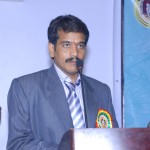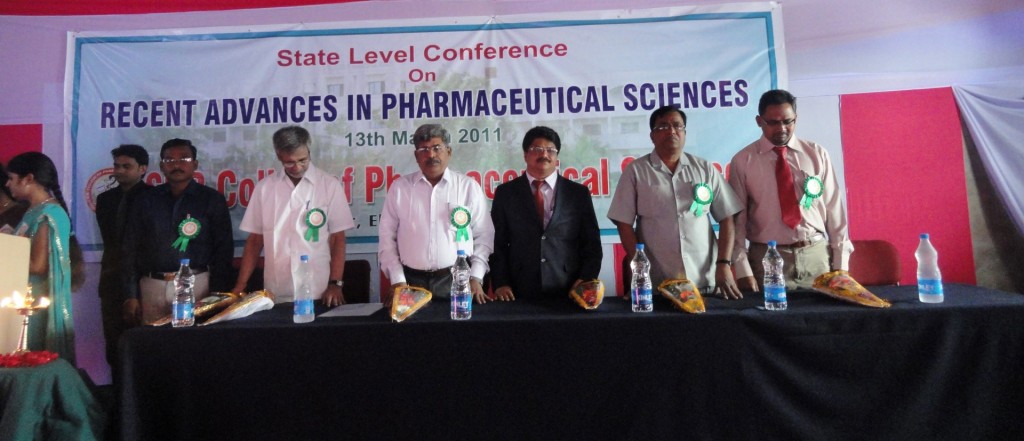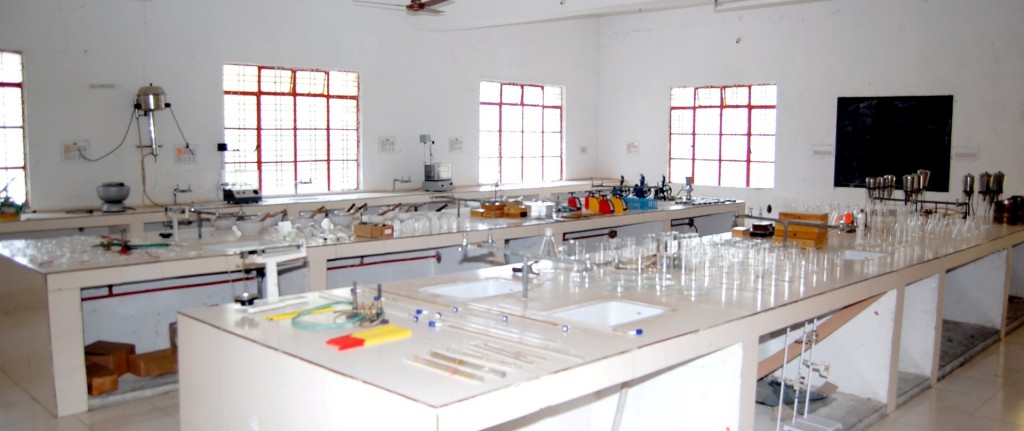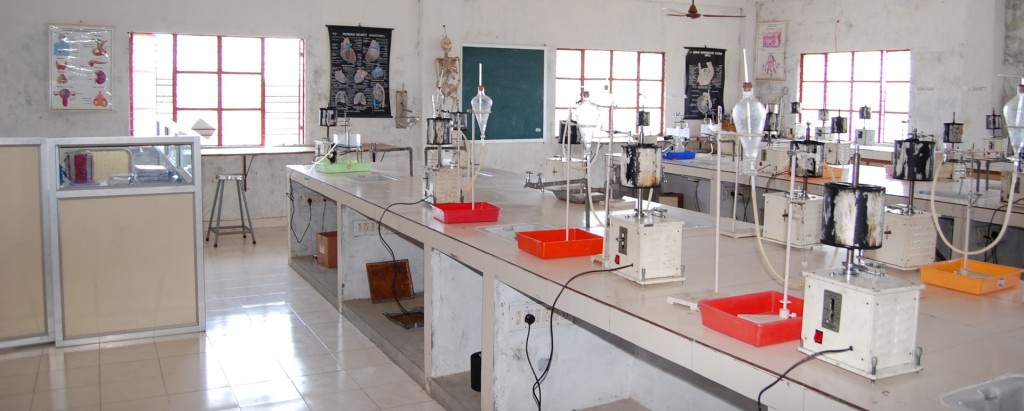THE NUREMBERG CODE
Permissible Medical Experiments
The great weight of the evidence before us is to the effect that certain types of medical experiments on human beings, when kept within reasonably well-defined bounds, conform to the ethics of the medical profession generally. The protagonists of the practice of human experimentation justify their views on the basis that such experiments yield results for the good of society that are unprocurable by other methods or means of study. All agree, however, that certain basic principles must be observed in order to satisfy moral, ethical and legal concepts: THE NUREMBERG CODE
1. The voluntary consent of the human subject is absolutely essential. This means that the person involved should have legal capacity to give consent; should be so
situated as to be able to exercise free power of choice, without the intervention of any element of force, fraud, deceit, duress, over-reaching, or other ulterior form of constraint or coercion; and should have sufficient knowledge and comprehension of the elements of the subject matter involved as to enable him to make an understanding and enlightened decision. THE NUREMBERG CODE This latter element requires that before the acceptance of an affirmative decision by the experimental subject there should be made known to him the nature, duration, and purpose of the experiment; the method and means by which it is to be conducted; all inconveniences and hazards reasonably to be expected; and the effects upon his health or person which may possibly come from his participation in the experiment. The duty and responsibility for ascertaining the quality of the consent rests upon each individual who initiates, directs or engages in the experiment. It is a personal duty and responsibility which may not be delegated to another with impunity.
2. The experiment should be such as to yield fruitful results for the good of society, unprocurable by other methods or means of study, and not random and unnecessary in nature.
3. The experiment should be so designed and based on the results of animal experimentation and a knowledge of the natural history of the disease or other problem under study that the anticipated results will justify the performance of the experiment.
4. The experiment should be so conducted as to avoid all unnecessary physical and mental suffering and injury.
5. No experiment should be conducted where there is an a priori reason to believe that death or disabling injury will occur; except, perhaps, in those experiments where the experimental physicians also serve as subjects.
6. The degree of risk to be taken should never exceed that determined by the humanitarian importance of the problem to be solved by the experiment.
7. Proper preparations should be made and adequate facilities provided to protect the experimental subject against even remote possibilities of injury, disability, or death.
8. The experiment should be conducted only by scientifically qualified persons. The highest degree of skill and care should be required through all stages of the experiment of those who conduct or engage in the experiment.
9. During the course of the experiment the human subject should be at liberty to bring the experiment to an end if he has reached the physical or mental state where continuation of the experiment seems to him to be impossible.
10. During the course of the experiment the scientist in charge must be prepared to terminate the experiment at any stage, if he has probably cause to believe, in the exercise of the good faith, superior skill and careful judgment required of him that a continuation of the experiment is likely to result in injury, disability, or death to the experimental subject.
Of the ten principles which have been enumerated our judicial concern, of course, is with those requirements which are purely legal in nature — or which at least are so clearly related to matters legal that they assist us in determining criminal culpability and punishment. To go beyond that point would lead us into a field that would be beyond our sphere of competence. However, the point need not be labored. We find from the evidence that in the medical experiments which have been proved, these ten principles were much more frequently honored in their breach than in their observance. Many of the concentration camp inmates who were the victims of these atrocities were citizens of countries other than the German Reich. THE NUREMBERG CODE They were non-German nationals, including Jews and “asocial persons”, both prisoners of war and civilians, who had been imprisoned and forced to submit to these tortures and barbarities without so much as a semblance of trial. In every single instance appearing in the record, subjects were used who did not consent to the experiments; indeed, as to some of the experiments, it is not even contended by the defendants that the subjects occupied the status of volunteers. In no case was the experimental subject at liberty of his own free choice to withdraw from any experiment. In many cases experiments were performed by unqualified persons; were conducted at random for no adequate scientific reason, and under revolting physical conditions. All of the experiments were conducted with unnecessary suffering and injury and but very little, if any, precautions were taken to protect or safeguard the human subjects from the possibilities of injury, disability, or death. In every one of the experiments the subjects experienced extreme pain or torture, and in most of them they suffered permanent injury, mutilation, or death, either as a direct result of the experiments or because of lack of adequate follow-up care.
Obviously all of these experiments involving brutalities, tortures, disabling injury, and death were performed in complete disregard of international conventions, the laws and customs of war, the general principles of criminal law as derived from the criminal laws of all civilized nations, and Control Council Law No. 10. Manifestly human experiments under such conditions are contrary to “the principles of the law of nations as they result from the usages established among civilized
peoples, from the laws of humanity, and from the dictates of public conscience.”
Whether any of the defendants in the dock are guilty of these atrocities is, of course, another question Under the Anglo-Saxon system of jurisprudence every defendant in a criminal case is presumed to be innocent of an offense charged until the prosecution, by competent, credible proof, has shown his guilt to the exclusion of every reasonable doubt. And this presumption abides with the defendant through each stage of his trial until such degree of proof has been adduced. A “reasonable doubt” as the name implies is one conformable to reason — a doubt which a reasonable man would entertain. Stated differently, it is that state of a case which, after a
full and complete comparison and consideration of all the evidence, would leave an unbiased,unprejudiced, reflective person, charged with the responsibility for decision, in the state of mind that he could not say that he felt an abiding conviction amounting to a moral certainty of the truth of the charge.
If any of the defendants are to be found guilty under counts two or three of the indictment it must be because the evidence has shown beyond a reasonable doubt that such defendant, without regard to nationality or the capacity in which he acted, participated as a principal in, accessory to, ordered, abetted, took a consenting part in, or was connected with plans or enterprises involving the commission of at least some of the medical experiments and other atrocities which are the subject matter of these counts. Under no other circumstances may he be convicted.
Before examining the evidence to which we must look in order to determine individual culpability, a brief statement concerning some of the official agencies of the German Government and Nazi Party which will be referred to in this judgment seems desirable.
Source
THE NUREMBERG CODE [from Trials of War Criminals before the Nuremberg Military Tribunals under Control Council Law No. 10. Nuremberg, October 1946–April 1949. Washington, D.C.: U.S. G.P.O, 1949–1953.]










